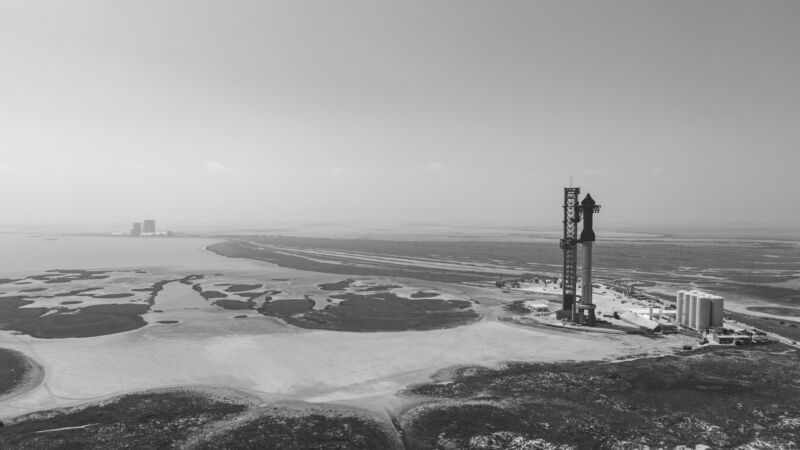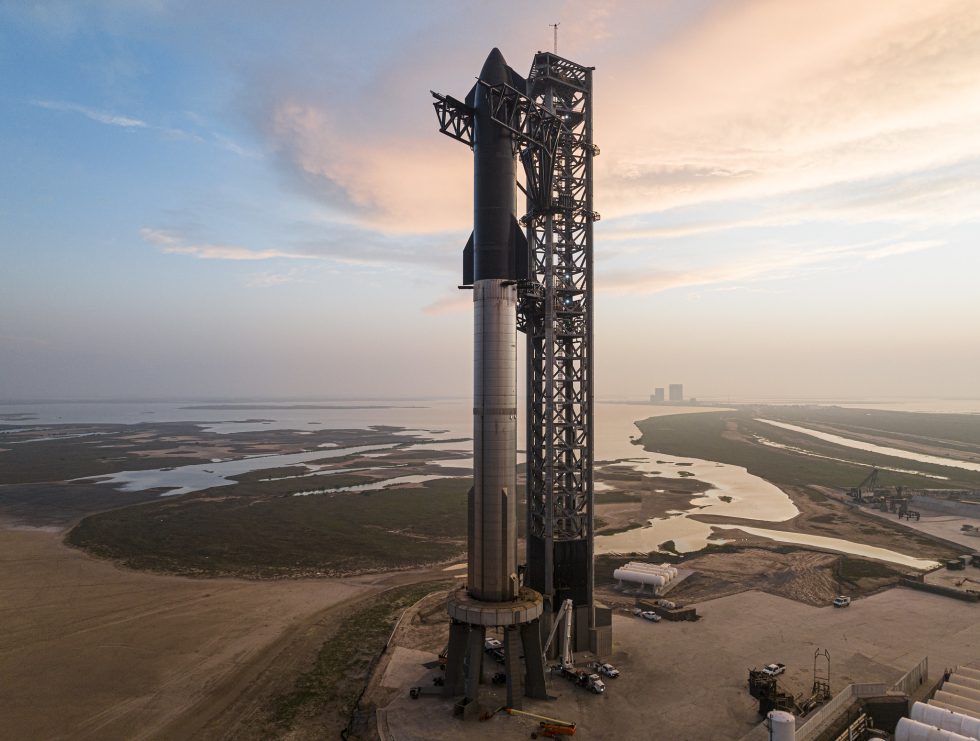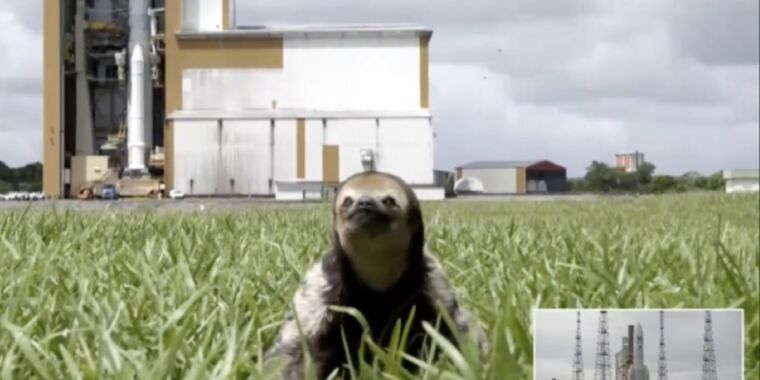
SpaceX
STARBASE, Texas—It’s about to get lit.
Probably.
SpaceX completed final preparations to its Starship and Super Heavy vehicles on Saturday, re-stacking the them with a flight termination system that will be engaged if the rocket flies off course.
Then on Sunday the company completed its final launch readiness review, clearing the rocket for liftoff.
Therefore, everything is just about as ready as it can be for the historic first flight test of Starship. But that does not necessarily mean there will be smoke and fire on Monday morning, when the launch window opens at 8 am local time in South Texas (1300 UTC). And we should really set expectations accordingly.
First off all, there are some weather issues. SpaceX said Sunday that while conditions at the launch site look fine for liftoff, there are concerns about wind shear higher in the atmosphere. Shear occurs when winds change direction and speed at varying levels of the atmosphere, and if shear is high enough, it can tear apart the structure of a rocket.
Beyond weather, this is the first launch attempt for the Super Heavy first stage of the rocket, and the first time the Starship upper stage will fly in a stacked configuration. Counting both stages, there are 39 Raptor rocket engines, all of which will be carefully monitored prior to liftoff. If one of thousands of sensors picks up an errant reading for temperature, pressure, or some other variable at the wrong time, the launch attempt will be scrubbed.
SpaceX has conducted multiple fueling tests and static-firing tests of these vehicles, but even so this is a brand new launch system. The odds of getting all the way to T-0 and lifting off on Monday during the 90-minute launch window are probably somewhere in the ballpark of 50 percent, or less, assuming good weather.
If the rocket does take flight, that’s when the fun begins. No human alive has ever seen a rocket this powerful, or with this many first stage engines, take flight before. It’s going to be big and loud, with lots of flame. If all goes well, it also will include some upward motion.
Opinions are mixed about how successful this flight will be for Super Heavy and Starship. SpaceX founder Elon Musk has given the launch a 50 percent chance of succeeding, but I believe he is probably deliberately lowering expectations here. He has gotten better at that. On the eve of his very first rocket launch, the Falcon 1 back in March 2006, Musk told a reporter the rocket had a 90 percent chance of reaching orbit.

SpaceX
His first three Falcon 1 launches proceeded to fail.
But since then SpaceX has gotten rather good at launching rockets. On its debut flight in 2010, the Falcon 9 reached orbit. In 2018, so did the Falcon Heavy. Then, three different versions of Starship prototypes, Starhopper, SN5, and SN8, all successfully launched. So by my count, the last six “new” rockets that SpaceX has debuted have all launched more or less successfully.
It would be pretty amazing if Super Heavy and the Starship upper stage follow suit, and you really should tune in to find out. A webcast of the launch attempt will begin about 45 minutes before liftoff.
Starship Integrated Flight Test.







